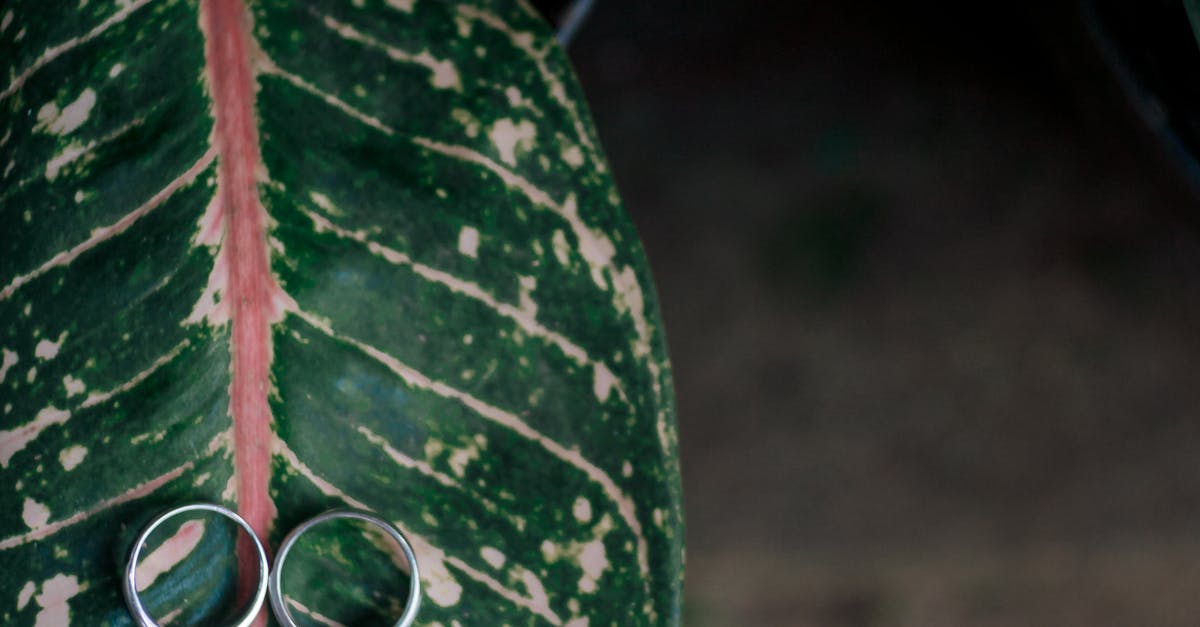
Comparing Ruby Engagement Rings with Other Gemstone Options
Table Of Contents
When considering budget considerations for engagement rings, one must weigh the costs of ruby rings against other gemstone options. Rubies are known for their rich red color and are considered one of the more expensive gemstones, alongside diamonds. The price of a ruby ring can vary depending on factors such as the size, quality, and origin of the gemstone. On the other hand, alternative gemstones like sapphires, emeralds, and aquamarines can offer a more budget-friendly option for those looking for a splash of color in their engagement ring.
How can I ensure that the ruby in my engagement ring is ethically sourced?
To ensure the ethical sourcing of rubies, look for certifications from reputable organisations and ask your jeweller about the specific source of the gemstone.
What are some tips for caring and maintaining a ruby engagement ring?Choosing the Perfect Setting for Your Ruby Engagement Ring
To care for your ruby engagement ring, avoid exposing it to harsh chemicals, clean it regularly with a soft cloth, and store it separately from other jewellery to prevent scratches.
How does the social and environmental impact of ruby mining compare to other gemstones?
Ruby mining can have significant social and environmental impacts, so it is important to research and choose companies that adhere to responsible mining practices when selecting a ruby for your engagement ring.2024-06-18
Are there alternative gemstone options that offer a similar look to rubies at a lower cost?
Yes, gemstones like garnet or red spinel can offer a similar vibrant red hue to rubies at a lower cost, providing an affordable alternative for those seeking a ruby-like engagement ring.
Related Links
Customizing Your Ruby Engagement Ring: Design OptionsThe Meaning and Significance of Ruby Engagement Rings
Finding the Perfect Ruby Engagement Ring for Your Budget